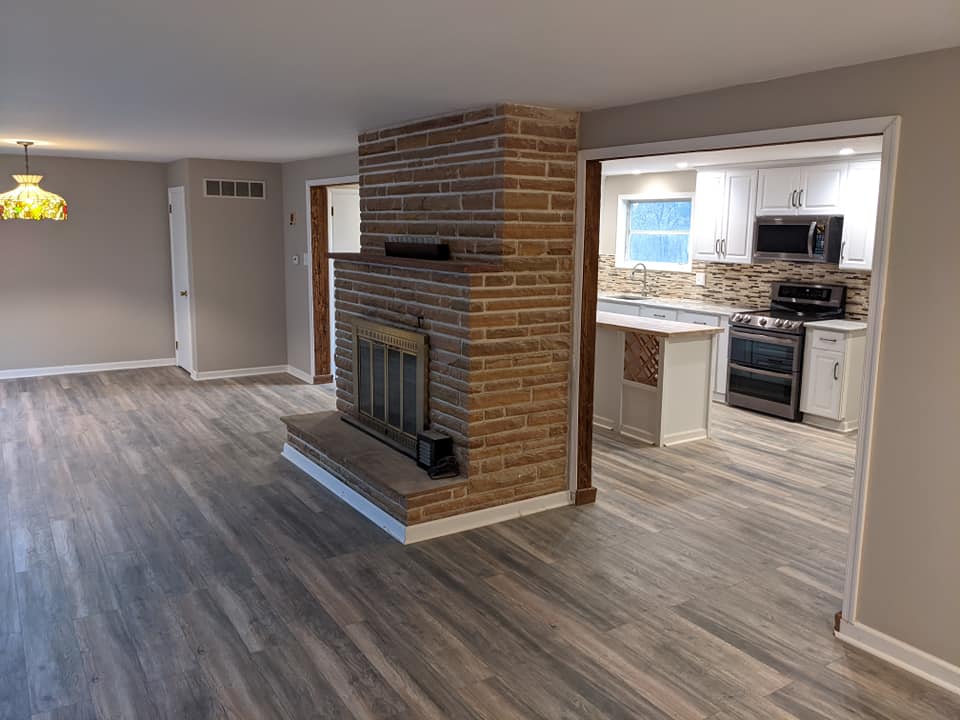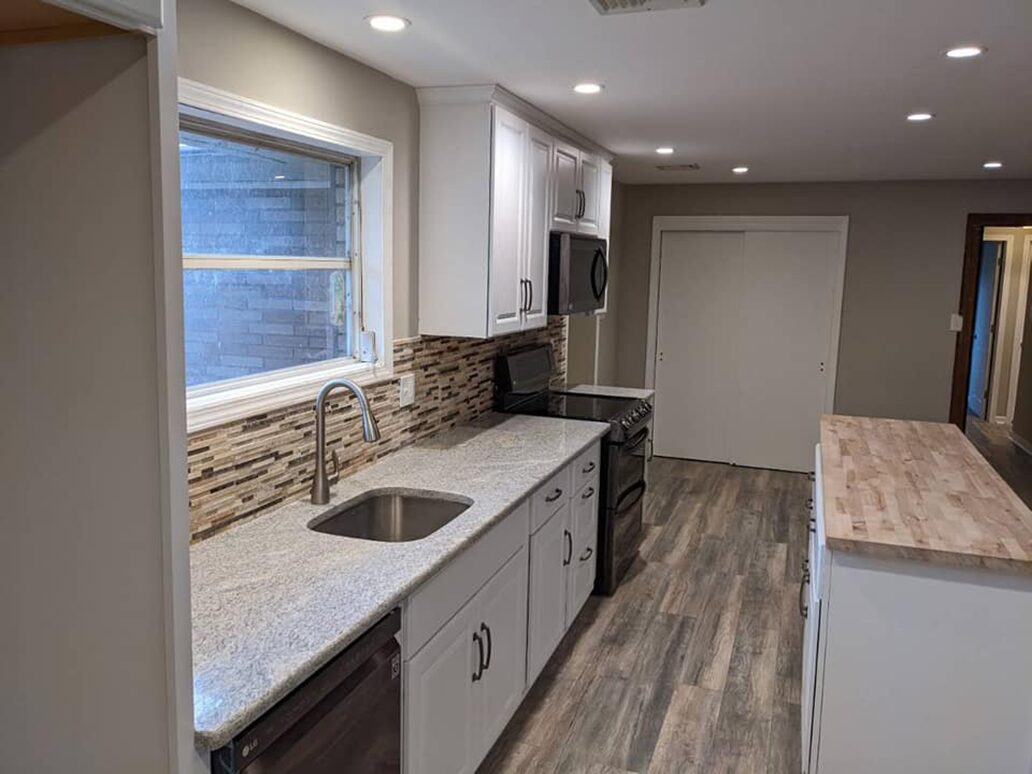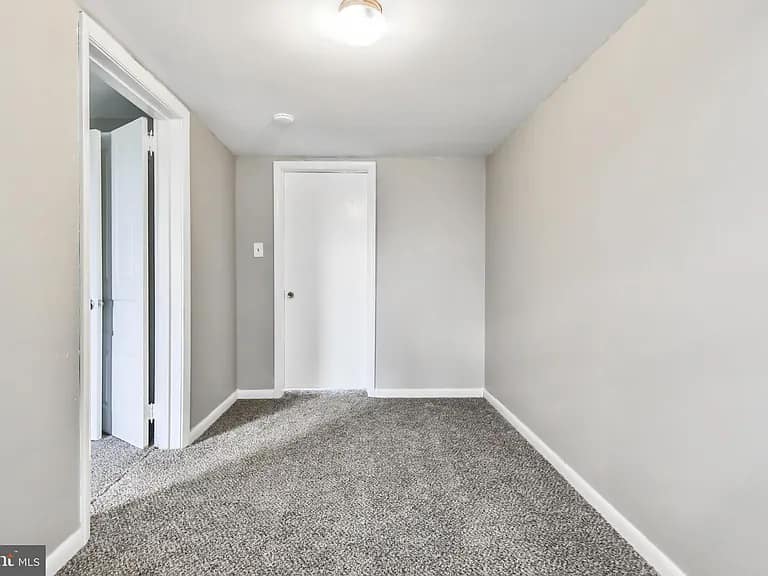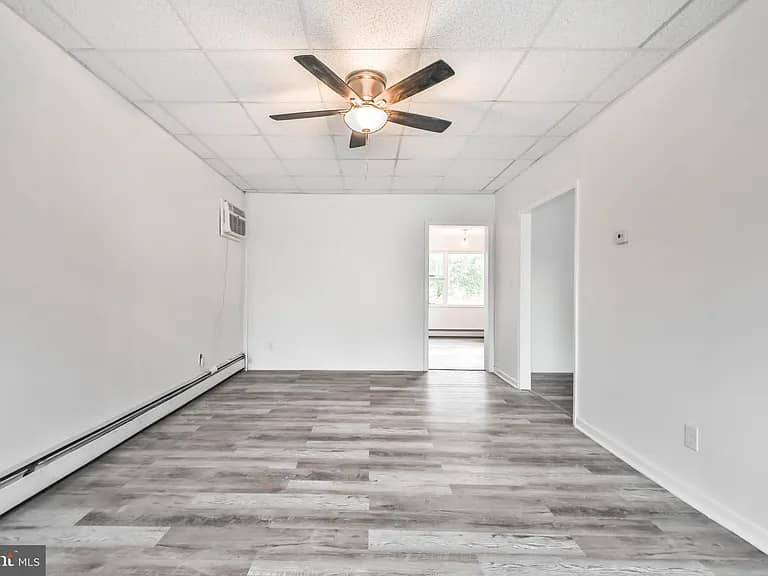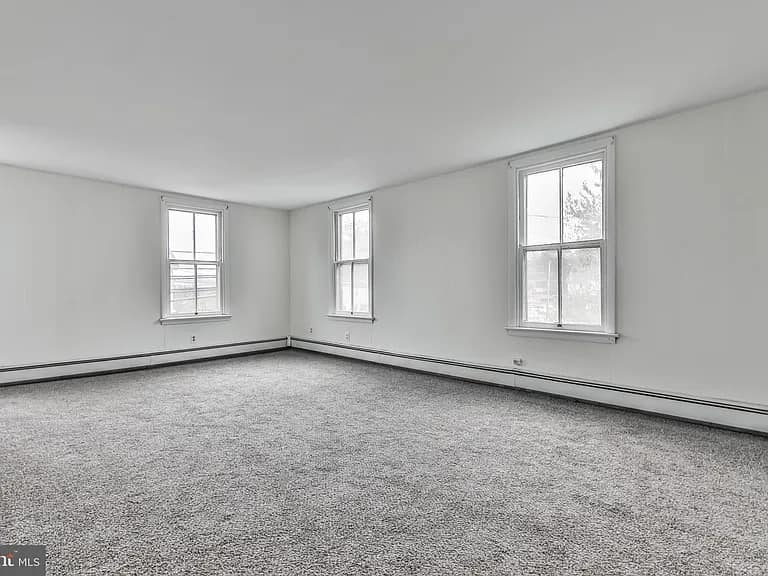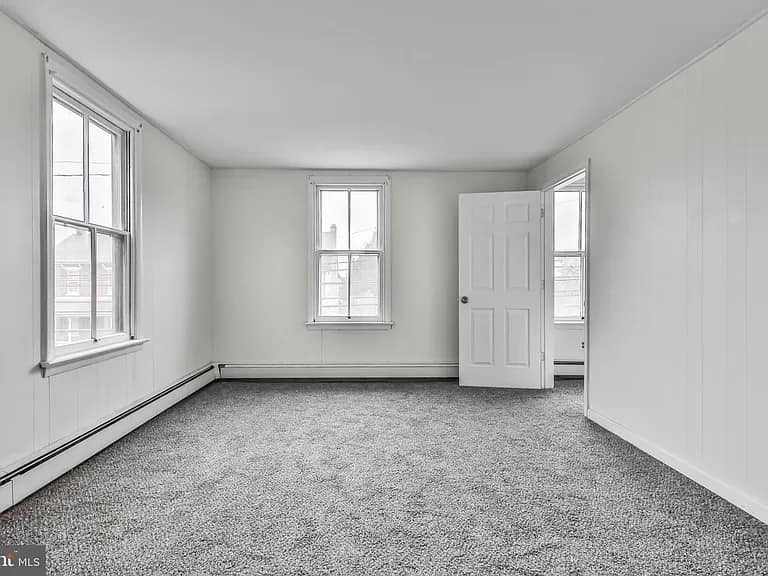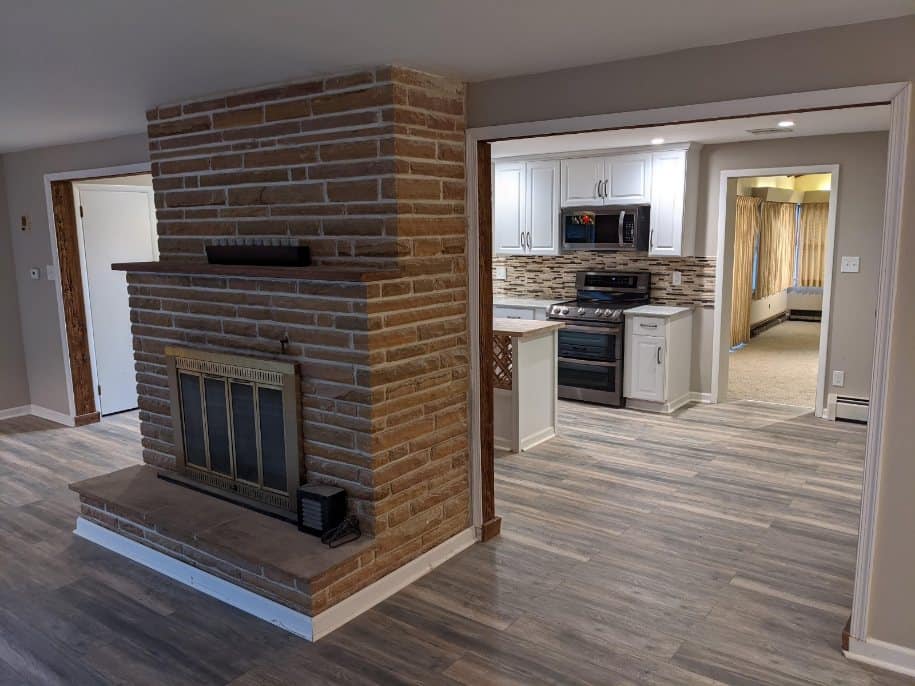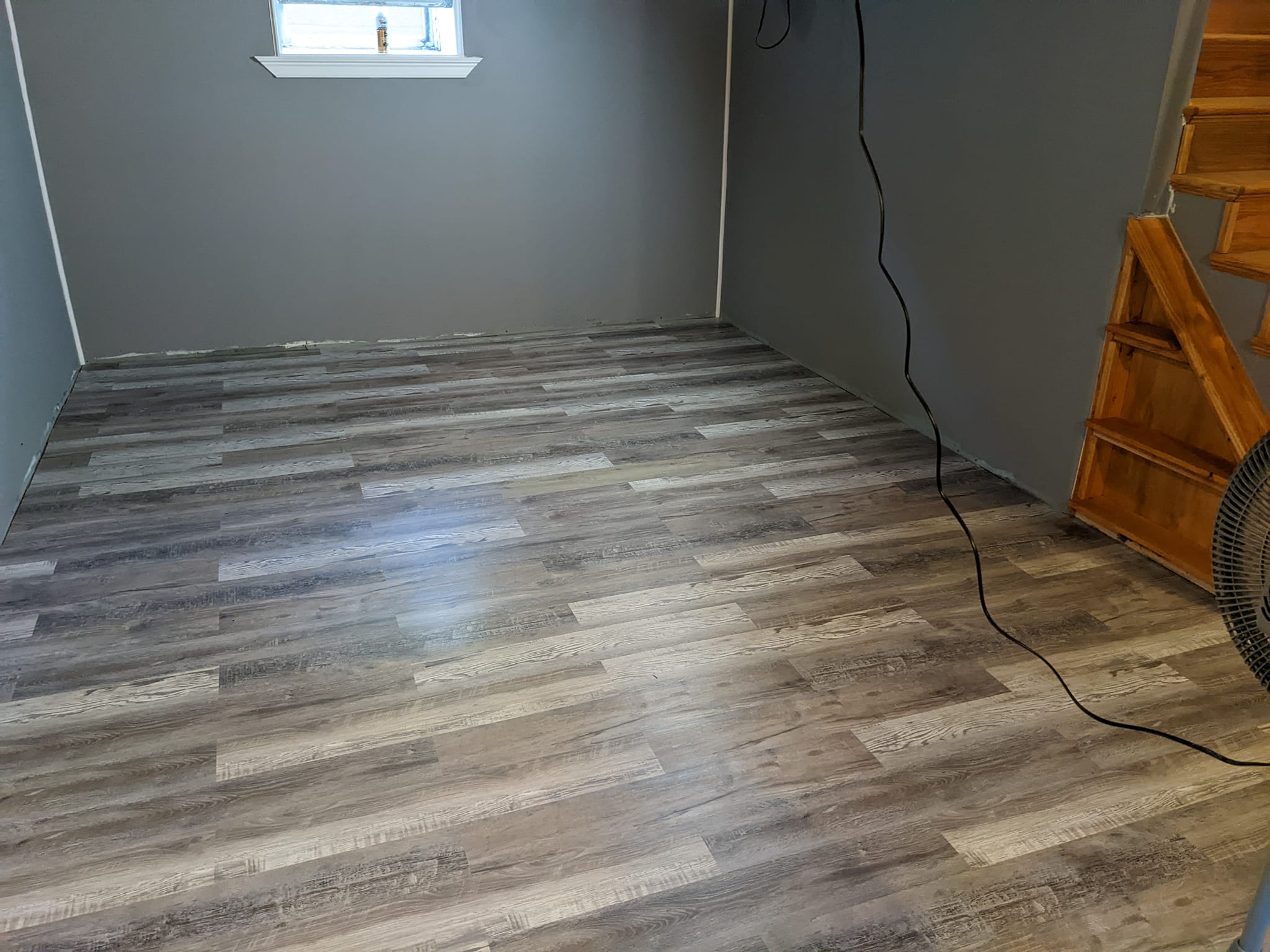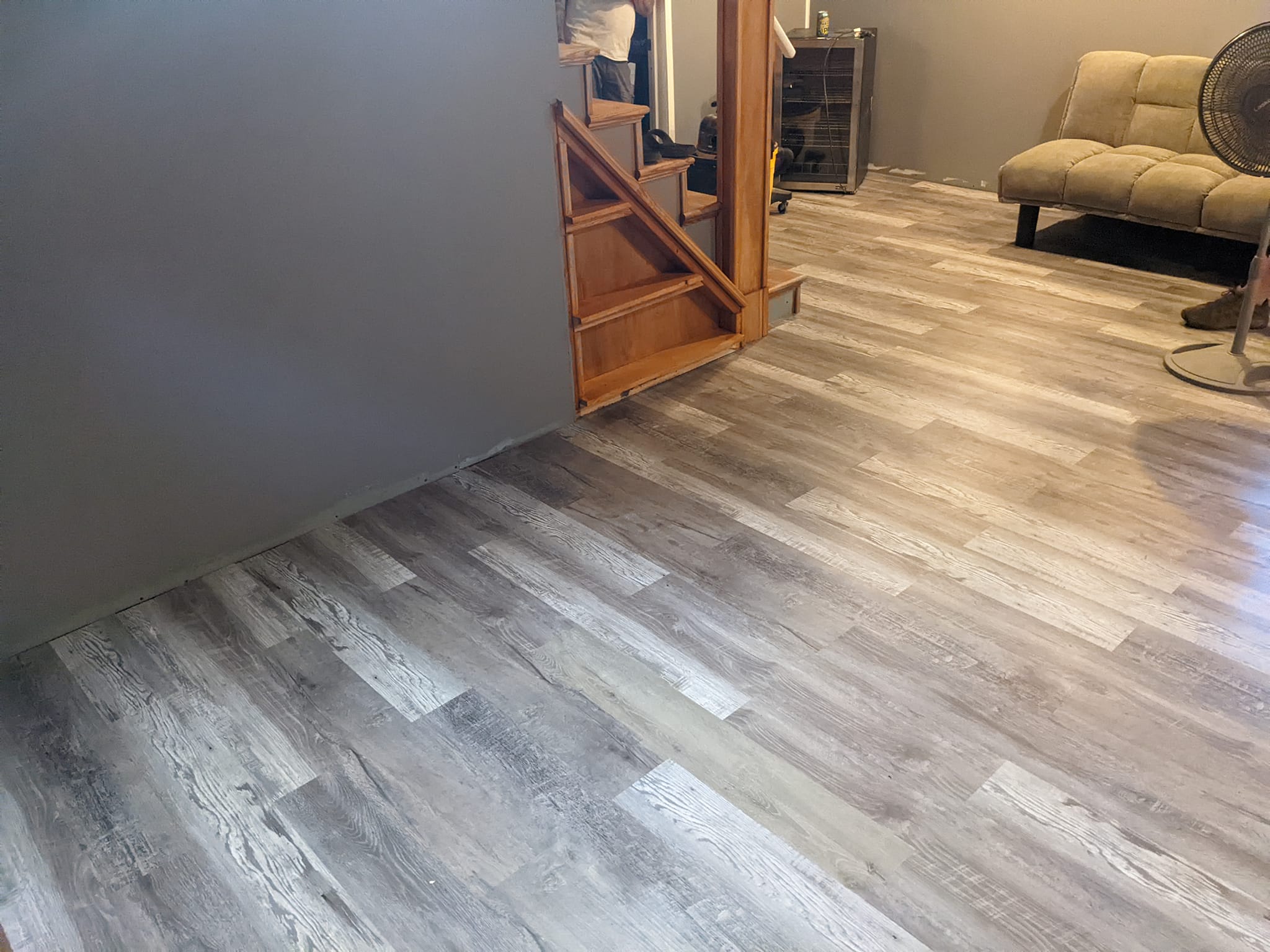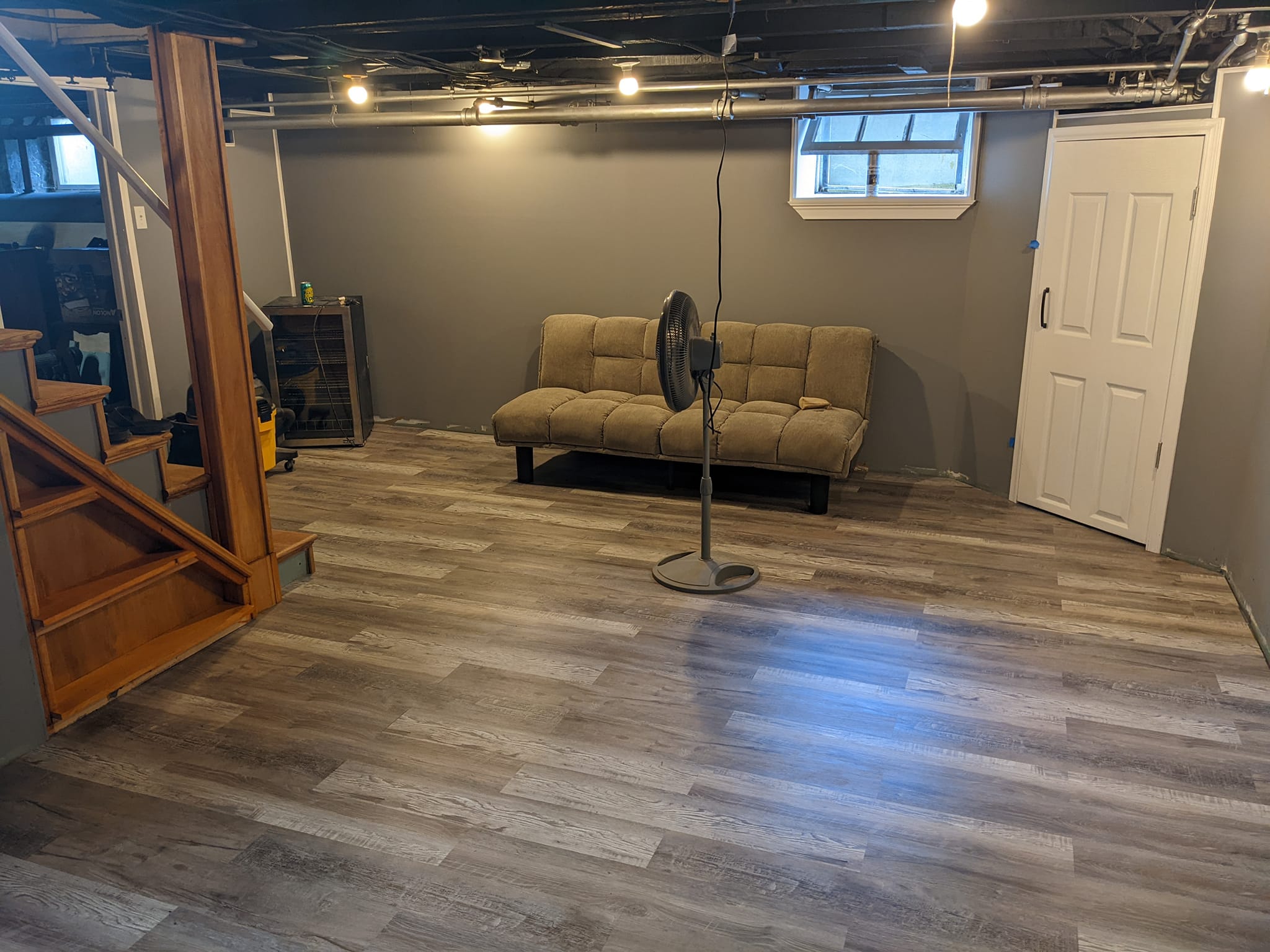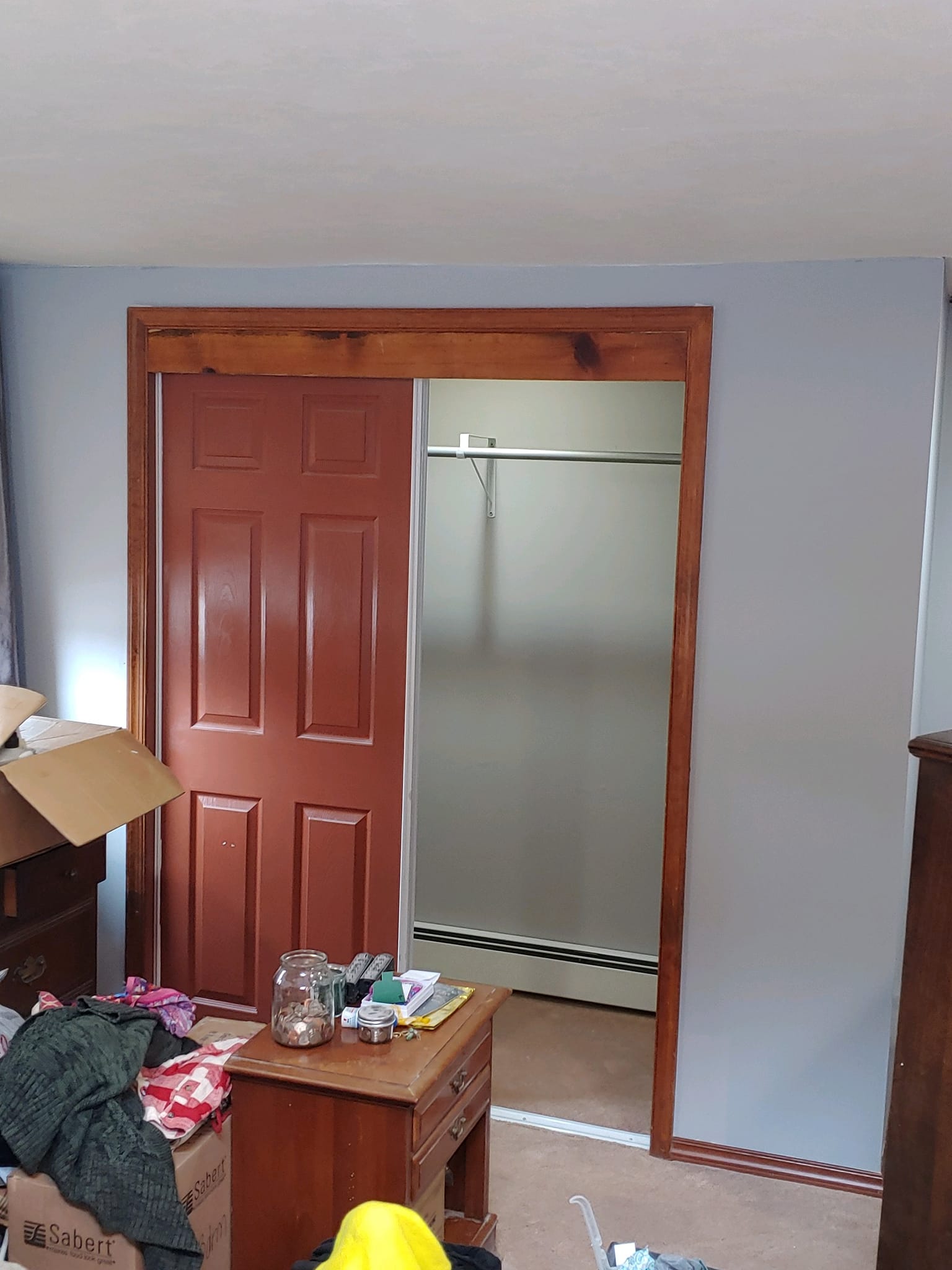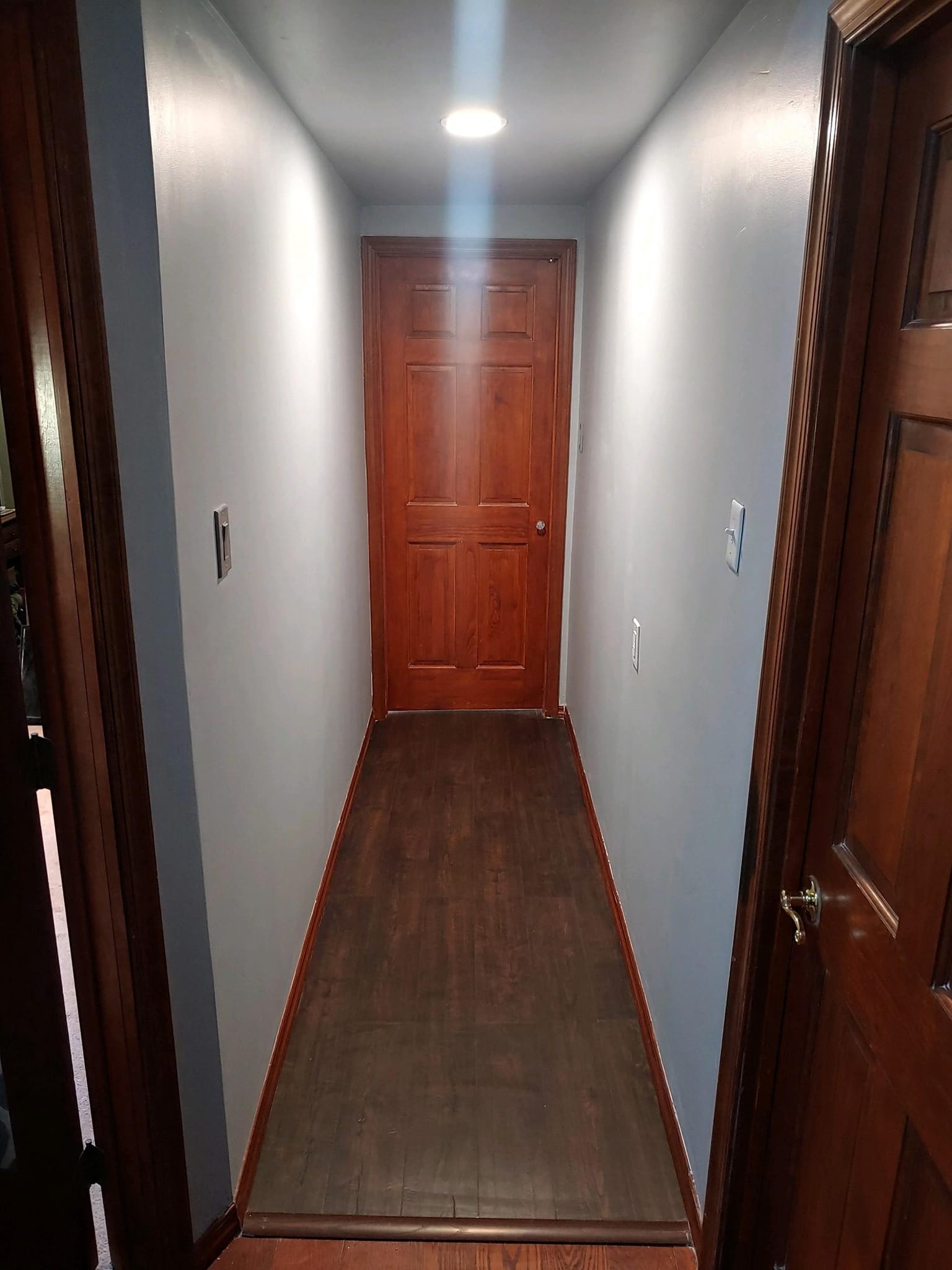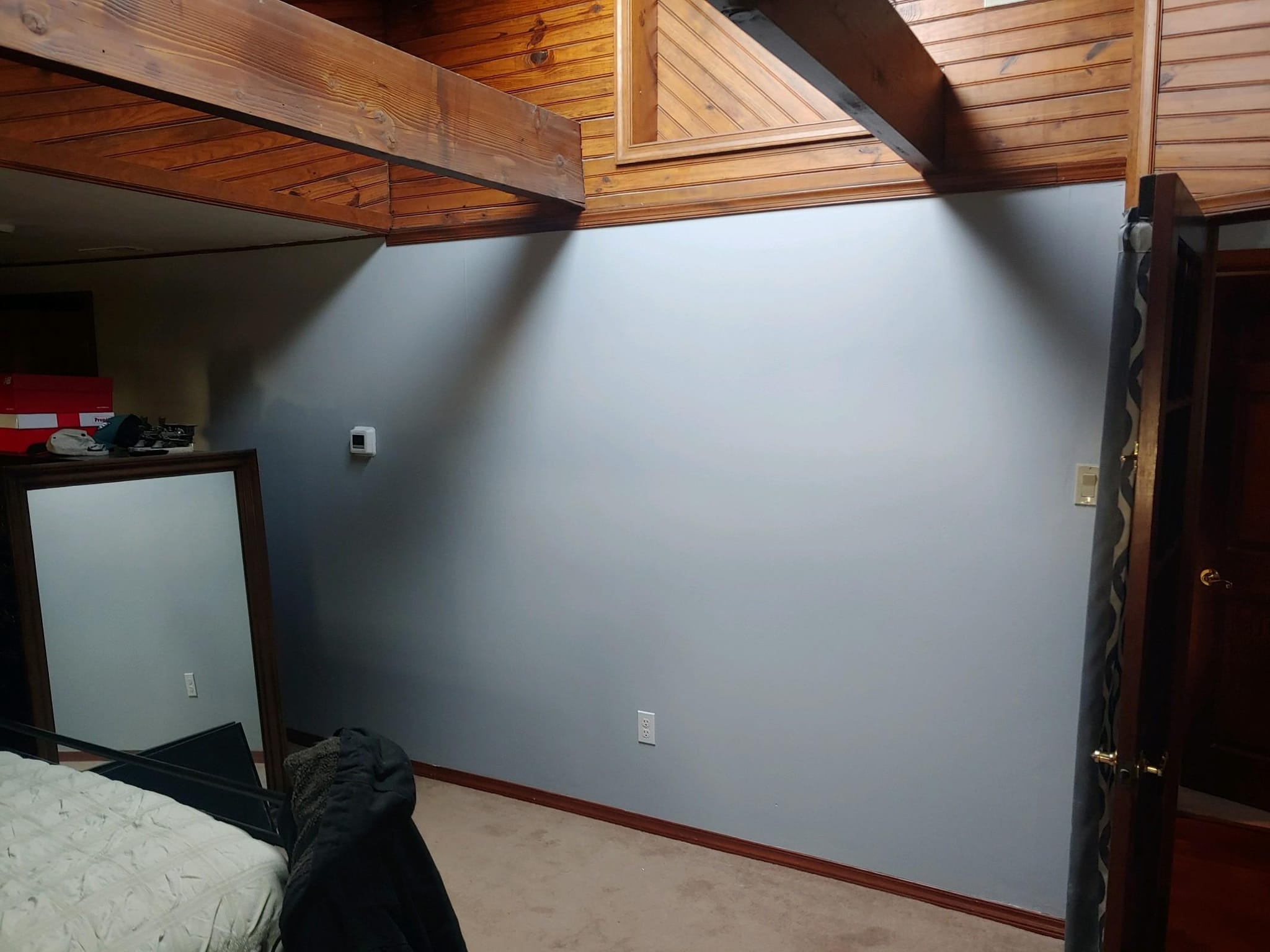DRYWALL SERVICES
This service is a popular among anyone looking to renovate their interior space. New construction, as well as old, continue to use drywall installation. This is a cost effective solution allows for the ability to diversify and change a room’s ambiance with paint. This is all while being easier to repair.
Ryan Harris Design Concepts will install new drywall for your room anywhere in your home. We provide full finishing services that include hanging, spackling, sanding, and painting. We also provide repair to drywall that may be old , flaking, has gotten got wet, or needs hole patching, etc. We have your drywall project covered. Contact us to see how we can help you.
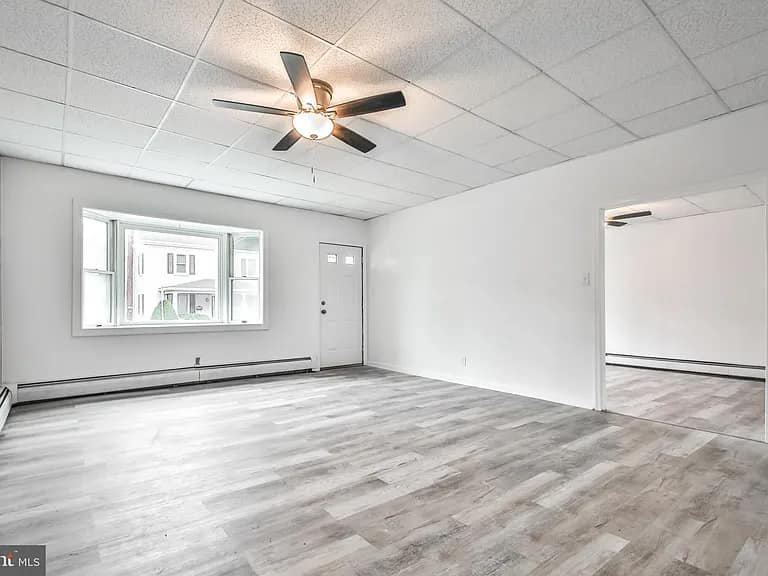
Request A Free Consultation
Complete the form below and we will schedule a time to discuss your project.
About this process
Installing drywall, also known as gypsum board or sheetrock, is a common task in construction and home improvement projects. Here’s a basic guide to our process:
We always aim to exceed expectations—at every project
- Understanding the full scope of work is crucial to correct installation
- From preparation to finish with trim—we aim to get it right
- Our team has the expertise to get the project completed successfully
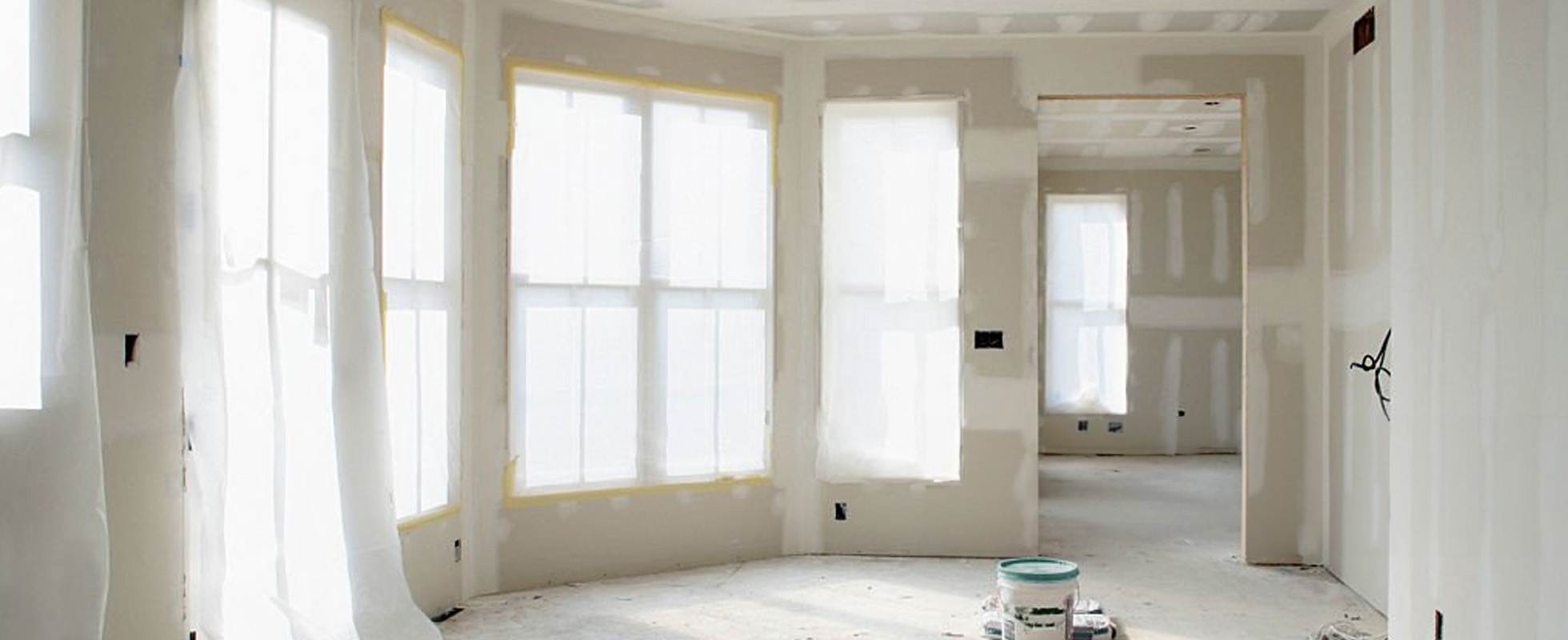
Call For a Quote:
267•733•3831
Installation:
-
Preparation: Contractors start by ensuring that the area is ready for drywall installation. This includes completing the framing, electrical, plumbing, and HVAC work. They check for proper spacing of studs or joists according to building codes.
-
Measuring and Cutting: Drywall sheets are measured and cut to fit the dimensions of the walls and ceilings. Contractors use a utility knife to score the drywall along the measurements and then snap it along the scored line. For more precise cuts around obstacles like outlets and switches, they may use a keyhole saw or drywall saw.
-
Hanging: The drywall sheets are then hung, starting with the ceiling and then moving to the walls. Contractors use drywall screws or nails to attach the drywall to the studs or joists. They ensure the screws or nails are spaced appropriately, typically about 12 inches apart along the edges and 16 inches apart in the center.
-
Taping and Mudding: Once the drywall is hung, contractors apply joint tape and joint compound (mud) to cover the seams and screw or nail indentations. They apply a thin layer of joint compound along the seams, embed the joint tape into the compound, and smooth out any wrinkles or bubbles. Multiple coats of joint compound may be applied, with sanding between coats to achieve a smooth finish.
-
Sanding and Finishing: After the joint compound has dried, contractors sand the joints and any rough areas until they are smooth and even with the surrounding drywall. This creates a seamless surface ready for painting or other finishing treatments.
Repair:
-
Assessment: When repairing drywall, contractors first assess the extent of the damage. This could include holes, cracks, water damage, or other issues.
-
Preparation: They prepare the damaged area by cutting away any loose or damaged drywall and ensuring a clean surface for repairs.
-
Patch Installation: Contractors cut a replacement patch of drywall to fit the damaged area. They secure the patch in place using drywall screws or nails, ensuring it is flush with the surrounding drywall.
-
Taping and Mudding: Joint tape and joint compound are applied over the seams of the patch to blend it with the surrounding drywall. Multiple coats of joint compound may be applied, with sanding between coats to achieve a smooth finish.
-
Sanding and Finishing: Once the joint compound has dried, contractors sand the repaired area until it is smooth and even with the surrounding drywall. This prepares the surface for painting or other finishing treatments.
Our goal is to help you!
We’re dedicated to getting your drywall project right.
F.A.Q.
There are many different details that surround drywall from type, sizing, materials, and more. Our team is always happy to help you learn more about your project.
How much does drywall cost?
People often inquire about the cost of drywall, which can vary depending on factors such as the type of drywall, thickness, and the size of the area to be covered.
What are the different types of drywall?
There are various types of drywall available, including standard drywall, moisture-resistant drywall (green board), fire-resistant drywall, and soundproof drywall. People often ask about the differences between these types and which one is suitable for their specific needs.
How do I finish drywall joints?
Achieving smooth and seamless joints between drywall panels is essential for a professional-looking finish. Questions about taping, mudding, and sanding techniques for finishing drywall joints are common.
How do you deal with uneven framing?
Dealing with uneven or irregular framing can pose challenges during drywall installation. Many of the techniques we use include shimming, sistering studs, or using furring strips to create a flat and even surface for drywall.
How do you cut the drywall?
Questions about cutting drywall to fit around obstacles such as outlets, windows, and doors are common. Our team has special tools to accomplish this including utility knives, keyhole saws, or rotary tools for precise cuts.

